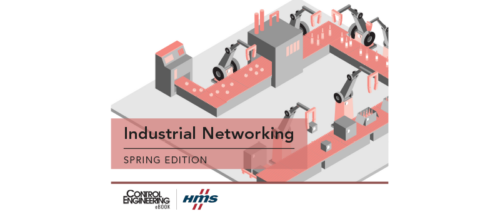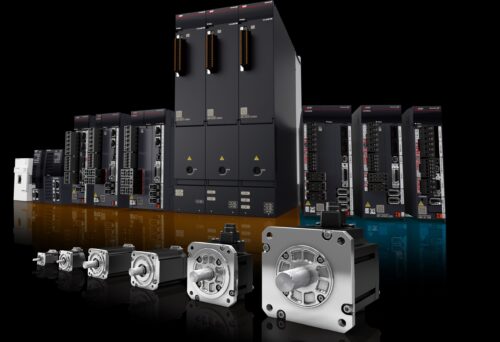Four IIoT connectivity challenges for businesses
Companies looking to implement an Industrial Internet of Things (IIoT) strategy need to address several potential issues as they seek to bridge the gap between operations technology (OT) and information technology (IT).
A Genpact Research Institute survey shows 81% of executives agree that Internet of Things (IoT) adoption will be critical to the future success of their companies, yet only 25% have a clear Industrial Internet of Things (IIoT) strategy. As organizations look to develop such plans, one of the biggest challenges is seamlessly enabling devices or "things" that live at the edge of the network. To bridge the gap between operations technology (OT) and information technology (IT), businesses must develop a strategy and implement a solution that addresses the following four critical issues.
1. Connecting disparate communication mediums
Very often, industrial networking technologies do not leverage Ethernet as their physical communications layer. Instead, they may use anything from RS232/485 to modems to proprietary wiring depending on the environment and what comprises the system. Likewise, the data protocols that are exposed over these communication mediums are not likely to be IP derivatives. Consequently, a hodgepodge of industrial networks has been created with no attention made to the future possibility of being connected to the Internet. As a result, organizations must develop a plan to enable such disparate communication mediums to work together to achieve a successful IIoT strategy.
2. Using non-standard methods of identification
Unlike IP addresses in the IT world, many industrial things don’t use standard addressable schemes for uniquely identifying themselves on the network. Instead, their schemes vary by vendor and type, and they may or may not have built-in discovery mechanisms. Innate knowledge by an integration expert is required to connect the things in a way that makes them function as a whole.
3. Determining a request/response model
Industrial networks have historically followed a request/response model. If a particular thing is interested in a piece of data contained in another thing, it will make an appropriate connection, request the piece of data, and wait for a response containing the result. Although this pull model is fine for things living within the same digital boundary of operations, it won’t work for the outside IT world because of security and scalability requirements. Instead, IIoT likely needs a push model, where industrial data flows outbound to a cloud platform.
4. Enabling short-term data storage
Within the context of a single industrial network, we may find thousands of things that together may generate several thousand data points. Though this sounds like a small set of data, real-time operations requirements will necessitate these points to be sampled at sub-millisecond rates for data change detection. In the past, this high-frequency data would be simply analyzed, acted on accordingly, and thrown away. As companies move to making this data available to IIoT, thye will need short-term storage to ensure it can be pushed to other parties when they are available.
All these challenges are key for businesses to keep in mind when developing processes and identifying products to help bridge the gap between OT and IT. The IIoT presents great opportunities for organizations. But they first need a clear, cohesive needs strategy in place for that to happen. Organizations that have access to the most amounts of information will be able to make more informed decisions across the enterprise.
Tony Paine, Kepware platform president. Edited by Chris Vavra, production editor, Control Engineering, CFE Media, cvavra@cfemedia.com.
MORE ADVICE
Key Concepts
- Companies need to find a way to seamlessly enable devices or "things" that live at the edge of the network.
- Challenges include connecting disparate communication mediums and utilizing non-standard forms of communication.
- Companies that address these challenges will be able to mine the rich amounts of information the Industrial Internet of Things (IIoT) offers.
Consider this
What other methods can be used to ensure a cohesive strategy for the IIoT?
ONLINE extra
See related articles about the IIoT and Industrie 4.0 linked below and on the IIoT, Industrie 4.0 page.
Do you have experience and expertise with the topics mentioned in this content? You should consider contributing to our CFE Media editorial team and getting the recognition you and your company deserve. Click here to start this process.



